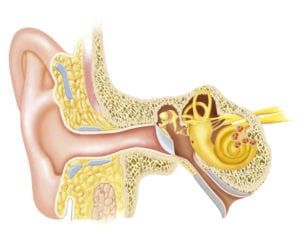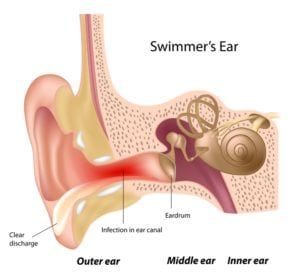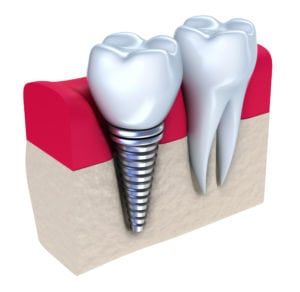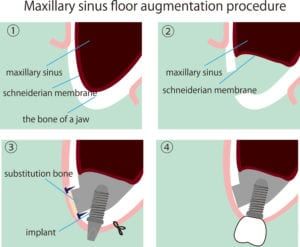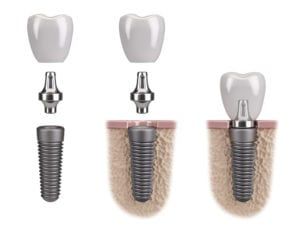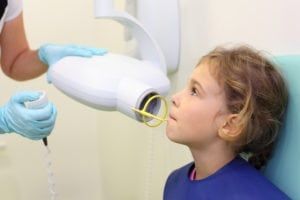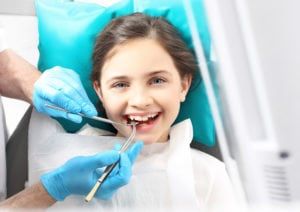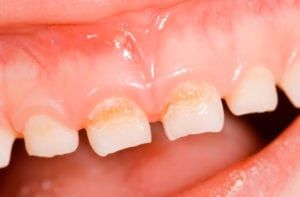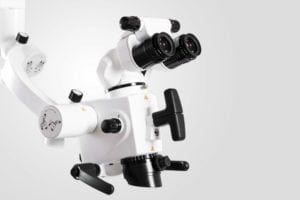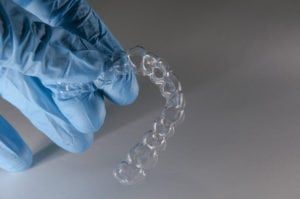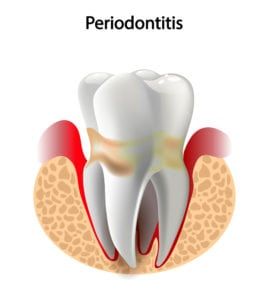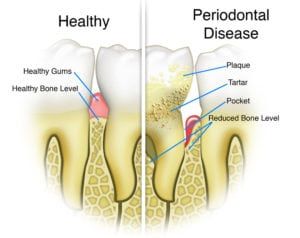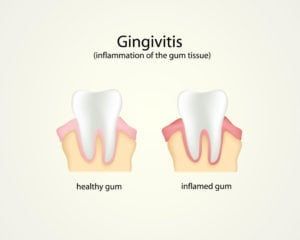Orthodontists are dental specialists who work to bring the teeth and jaws into their ideal position for optimal oral health. It is very common for children and young teens to visit orthodontists to monitor or correct complications with emerging permanent teeth. Though a child may visit the orthodontist at any time, the elementary years serve as a prime opportunity for early orthodontic intervention.
Did you know…
the ideal age for a child to visit an orthodontist for the first time is age 7? Though not all orthodontic issues can be addressed at this age, many of them can at least be identified. An orthodontist may be able to pinpoint potential issues with crowding, alignment, protruding teeth, under-bites and more.
Frequently Asked Questions
What are some signs that my child may need orthodontic treatment?
Only your child’s pediatric dentist can determine whether he or she should consult with an orthodontist about possible treatment. However, there are some signs that your child may benefit from orthodontic treatment:
- Teeth that overlap
- Jaws that click or ‘pop’ when opening and closing
- Difficulty chewing
- Facial asymmetry
- Mouth breathing
- Teeth grinding or clenching
- Difficulty with speech
What types of treatments will my child’s orthodontist use to correct misaligned teeth?
Orthodontists often use special appliances, such as braces, to bring a child’s teeth and jaws into proper alignment. Mouth appliances are custom-fitted and may be fixed or removable. In some cases, an orthodontist may recommend that certain teeth be removed to facilitate treatment.
How long does orthodontic treatment take?
Orthodontic treatment requires a long-term commitment. Expect to bring your child for return visits on a regular basis for several years. The exact duration of treatment depends on the child, the type of treatment and the severity of the condition being treated. For example, a child with braces may undergo treatment for two or three years, but wear a retainer to maintain treatment results for a lifetime.





